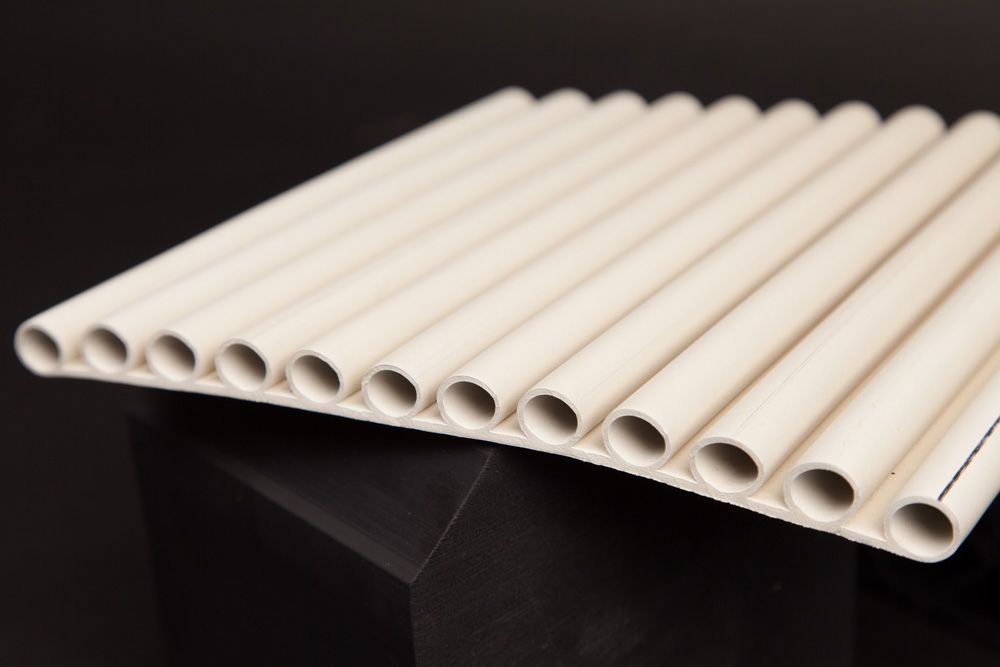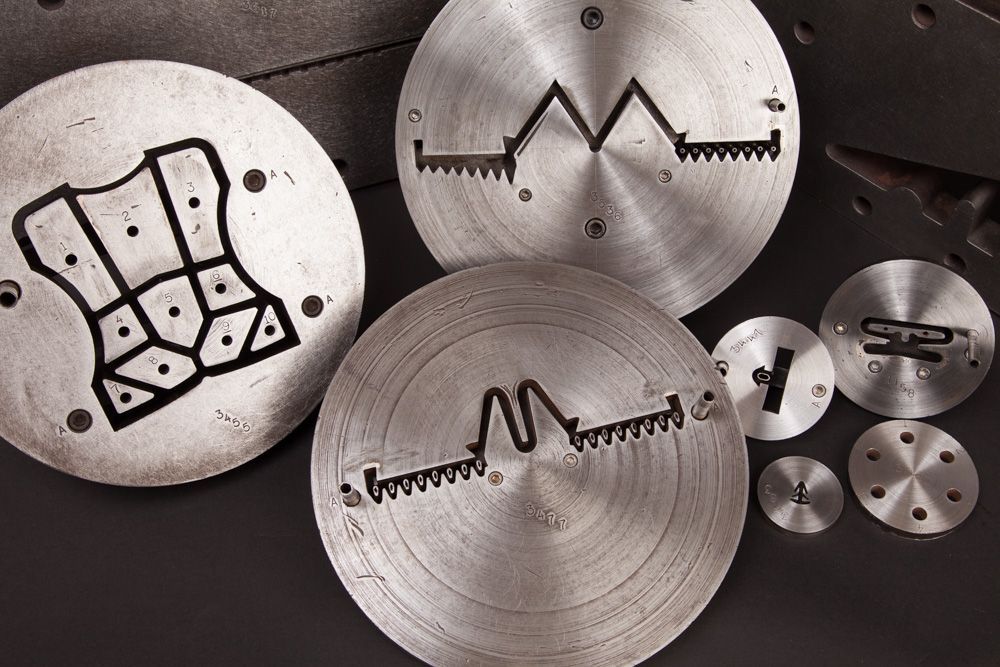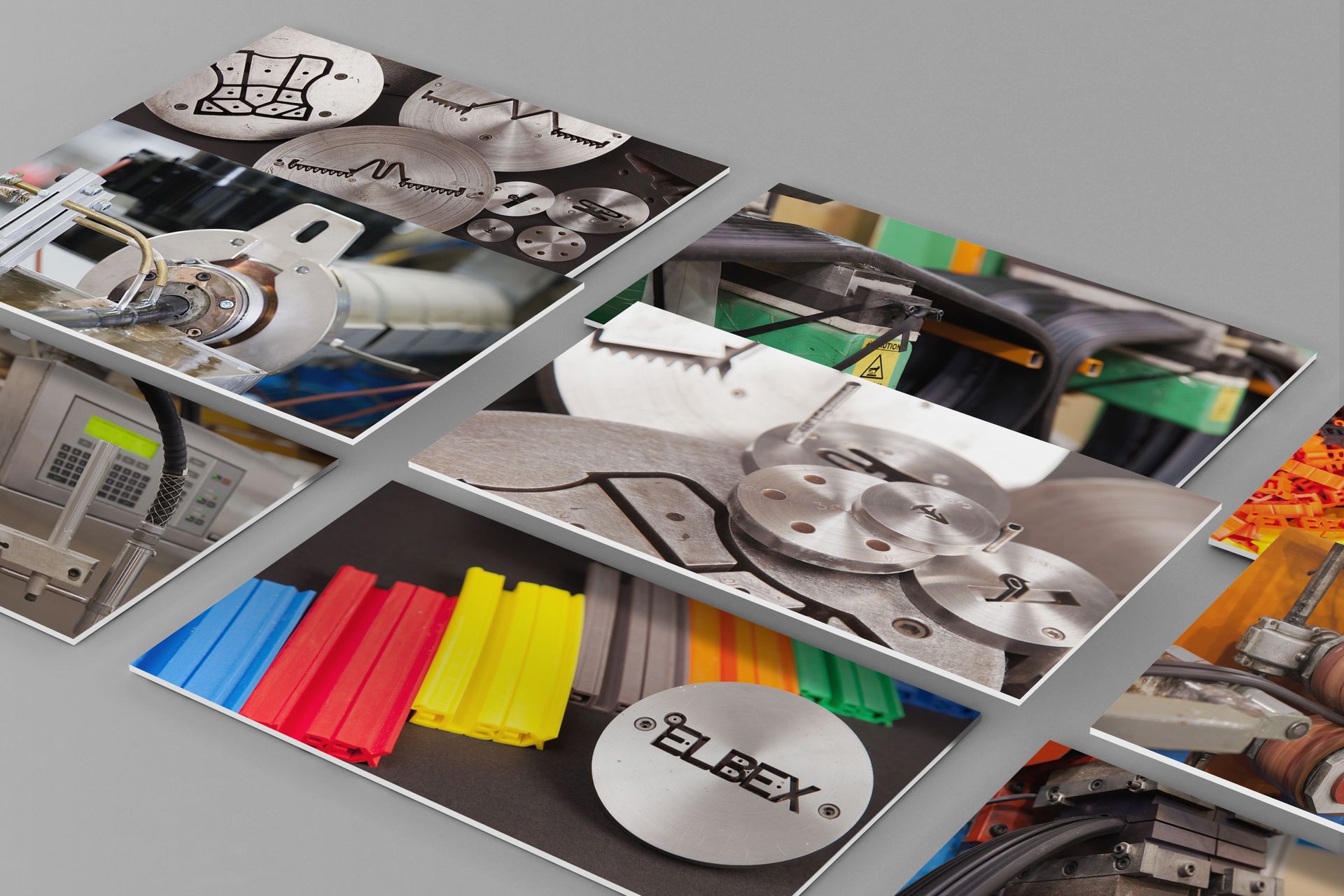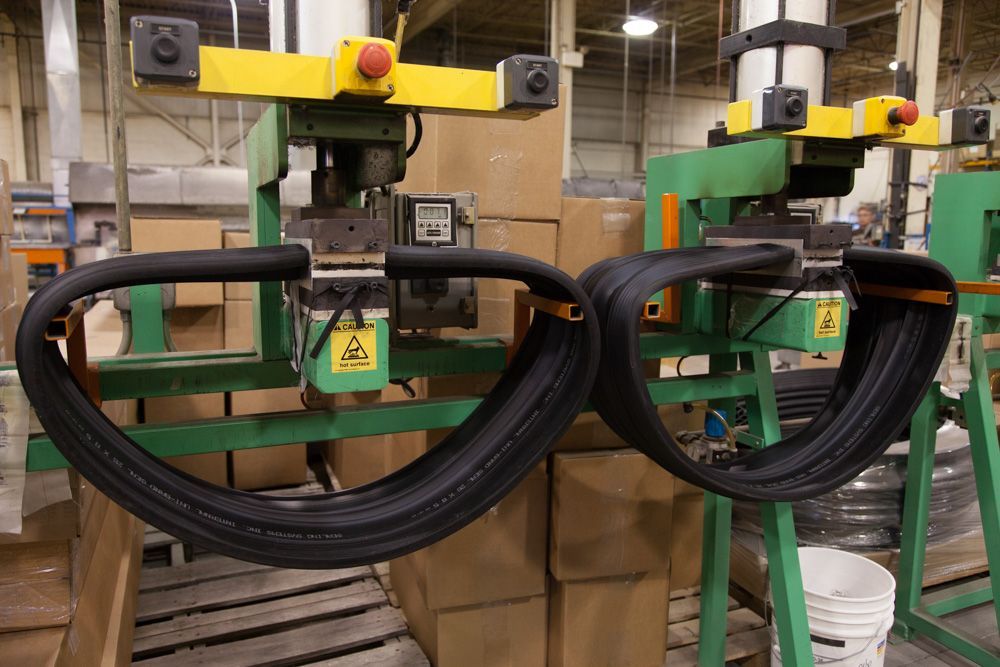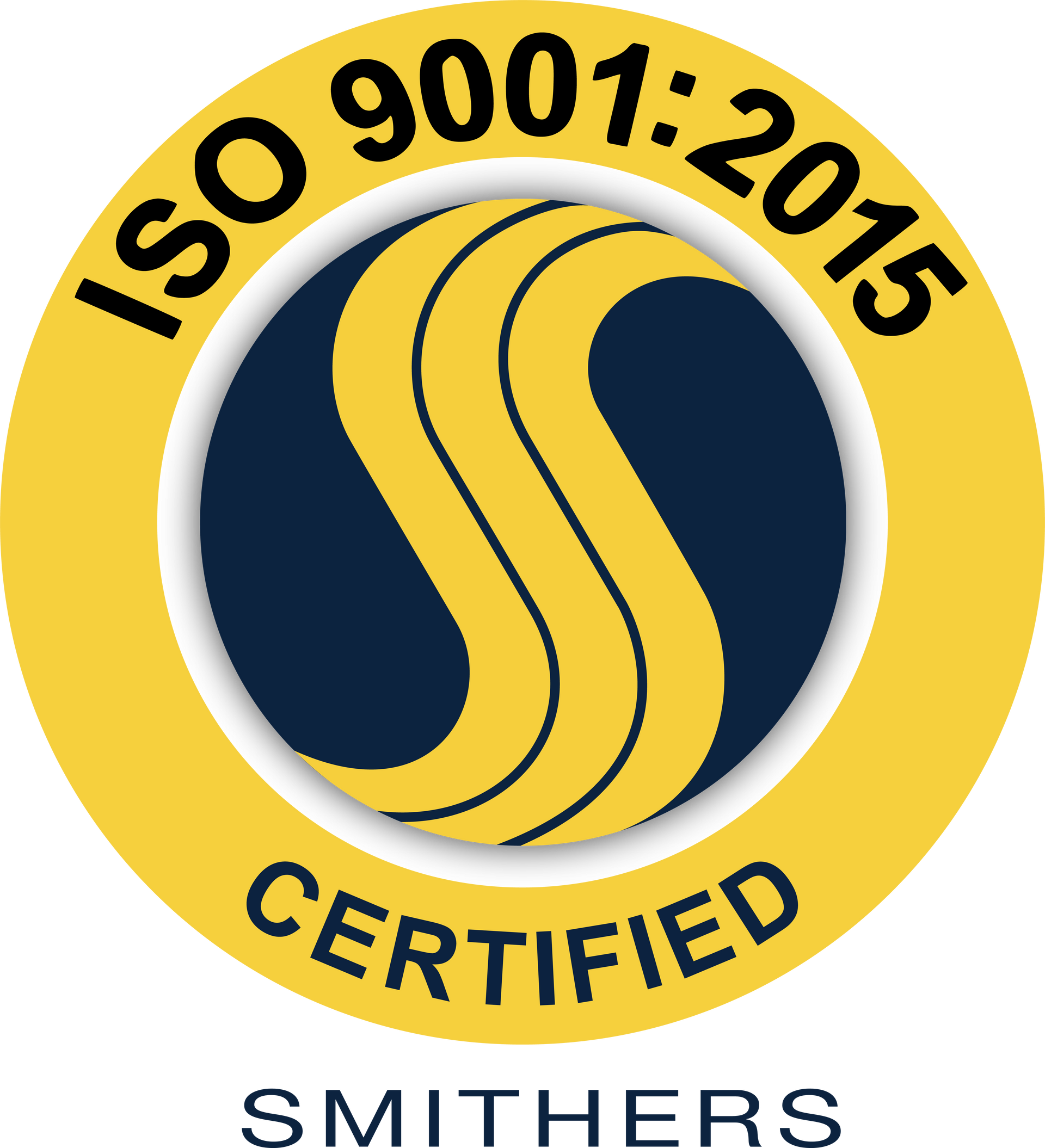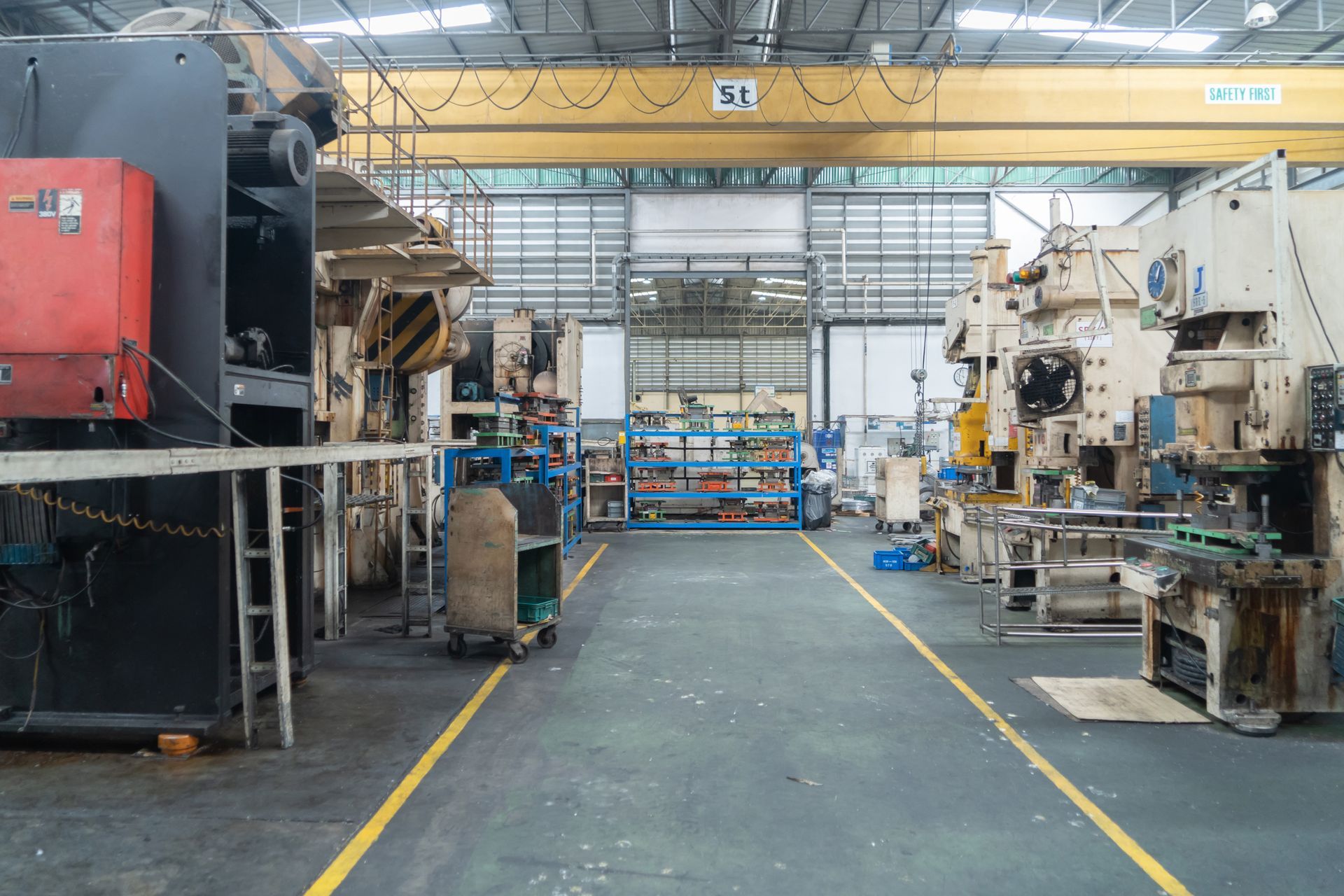What is EPDM?
There are two basic types of EP rubber available in today's market—EP and EPDM. EP is a copolymer of ethylene and propylene, while EPDM is a terpolymer combining ethylene, propylene and a diene monomer. EP uses a peroxide cure system. EPDM uses a sulfur cure system. EPDM has a typical service temperature range between –65° F and +300° F.
ADVANTAGES:
EPDM exhibits exceptionally good resistance to weather aging, ozone, UV exposure, water, heat, phosphate ester base hydraulic fluids (Skydrol, Fyrquel, Pydraul), dilute acids, electrical insulation. EPDM has good to very good resistance to steam, oxygenated solvents (acetone, methyl, ethyl ketone and other ketones), animal and vegetable oils, alkalis, brake fluids, and compression set. EPDM’s dynamic and mechanical properties are, in general, between natural rubber and SBR.
LIMITATIONS:
EPDM is not recommended for use with petroleum oils, fluids, or solvents because significant swelling would result. EPDM has poor resistance to aromatic hydrocarbons (e.g., Benzol, Toloul) and aliphatic hydrocarbons (e.g., kerosene, turpentine).
COMMON APPLICATIONS:
EPDM is one of the most widely used synthetic rubbers in many static and dynamic applications. EPDM is used extensively in outdoor applications where weather and water resistance is required. It can be found in several industries ranging from automotive to HVAC. Gaskets, bumpers, auto parts, auto brake systems, electrical installation, dust covers, weather stripping and conveyor belts are just of the many products that use EPDM.
Engineering Resources to
Support Your Project
ELBEX Corporation is committed to providing top-notch support to its customers during the design and manufacturing process. We understand that the success of our clients is directly tied to our ability to provide them with the highest level of service possible. Therefore, we work closely with our customers to ensure that their needs are fully understood and met. Our team of experts has a wealth of experience in the industry, which enables us to provide valuable insights and advice to our clients.
CUSTOM ON-SITE TOOLING
We meet your needs for custom extrusions with in-house, custom tool and die design services.
TECHNICAL RESOURCES
Find technical resources and to assist in the design of effective and efficient rubber extrusions.
DESIGN ASSISTANCE
We're ready to offer design assistance and troubleshoot old problems for your unique project.

